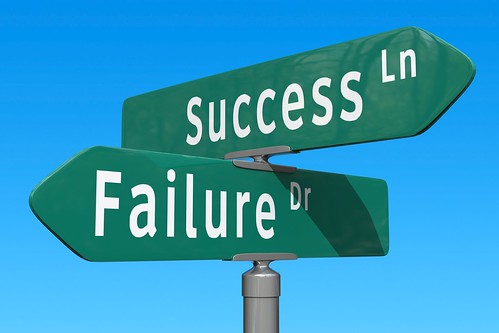 |
Imagine my smile when I read "The Incredibly Obvious Secret: Finding (and Fixing) Product Bugs Through a Close Relationship Between Test and Customer Support”, written by Jay Kremer and posted to the Zoozk Engineering Blog. How, might you ask, would I think to be looking at an online dating web sites engineering blog? For that, I have to thank the great group of software testers who attend the Bay Area Software Testers Meetup group. One of them is the Test Manager at Zoosk, and he told me about this article and suggested I have a look. OK, yeah, that test manager is Jay ;).
In any event, I felt a lot of kinship with this post, and I wanted to have a chance to reply to it and say that, yes, there are organizations that do have this kind of relationship in addition to Zoosk. I work for one of them.
At Socialtext, if a customer reports an issue, the first line of contact is a real human being who walks through the issue with them. The support engineer can often see the the potential value of the bug in question (it’s real, it’s reproducible, it’s potentially impactful, and it has a high probability of affecting a number of people). At this point, that support person can contact us, or we can go over to them and say “hey, anything interesting coming in?”, and they will tell us what they are working on.
Socialtext has the approach that bugs get on the Kanban board as soon as we can identify and reproduce the issue (again, the easier it is to quantify the problem, the easier it is to fix, generally speaking). It is not at all uncommon to have a bug be reported one day, scheduled in the Kanban and picked up on the second day, a fix committed and tested, and then merged to our staging environment in short order thereafter. We are a company that runs most of our businesses processes on our product. This makes us, essentially, the primary alpha and beta testers, which in turn allows us to address bugs quickly, at least most of the time. It seems that Zoosk has a similar philosophy.
I have often said that customer support engineers make for awesome testers, and software testers can often make amazing support engineers. Like Jay, I believe this is a symbiotic relationship that needs to be enhanced and encouraged, and more testing organizations should make that connection and work closely with their support teams, not just for when they report issues. Software testers can learn a lot about the true state of their product and the workflows that really matter by spending some quality time with the support team. I think you will be pleasantly surprised with what you learn.
No comments:
Post a Comment